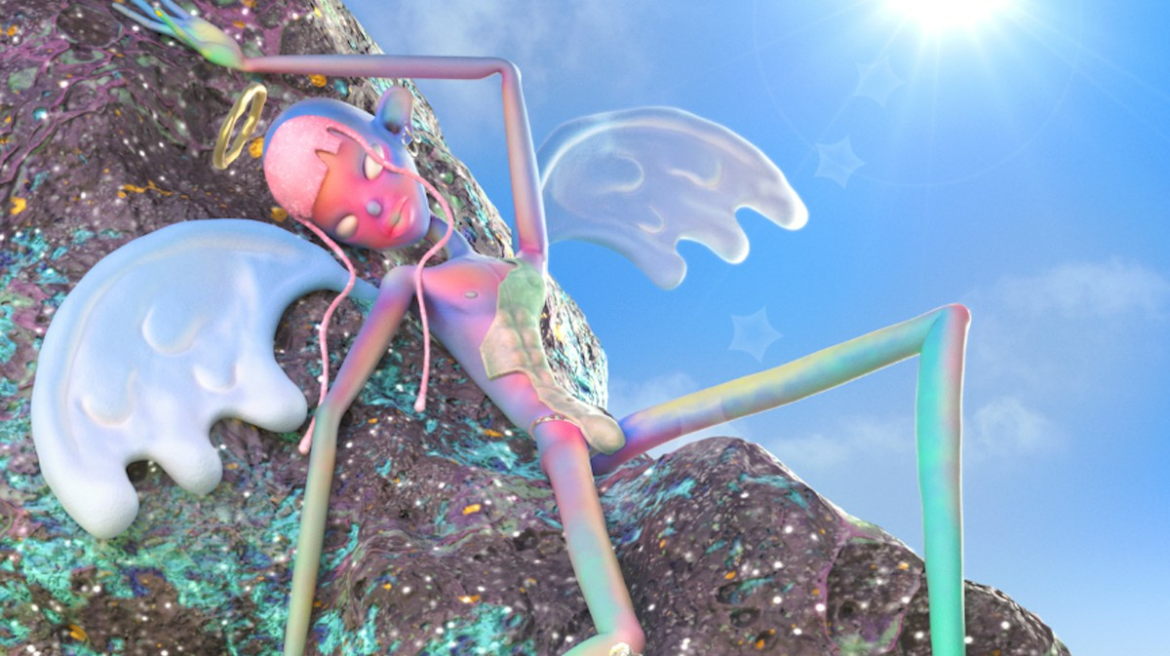Today, Friends with Benefits, a “culturally focused”, social DAO — decentralized autonomous organization — launches their inaugural run of FWB Fest, a three-day immersive festival in the San Jacinto mountains of Idyllwild, California.
Inspired by the unrest, upheaval, and call to community defining 2020, Friends with Benefits founder Trevor McFedries started assembling a digital collective of collaborators that now includes members like Erykah Badu, Azealia Banks and David Rudnick. “DAOs are a model very inspired by co-ops and collectives that pre-date the web3 era,” says Lindsay Howard, their Head of Brand. “We call ourselves a social DAO because we’re not just about financial returns or speculation — we’re focused on merging culture and crypto. Our members range from business owners to designers to artists to basketball players, and we’re really interested in facilitating relationships between technologists and cultural creators. Putting artists and technologists in a room together is going to strengthen their work, and double both of their capacities and contributions.”
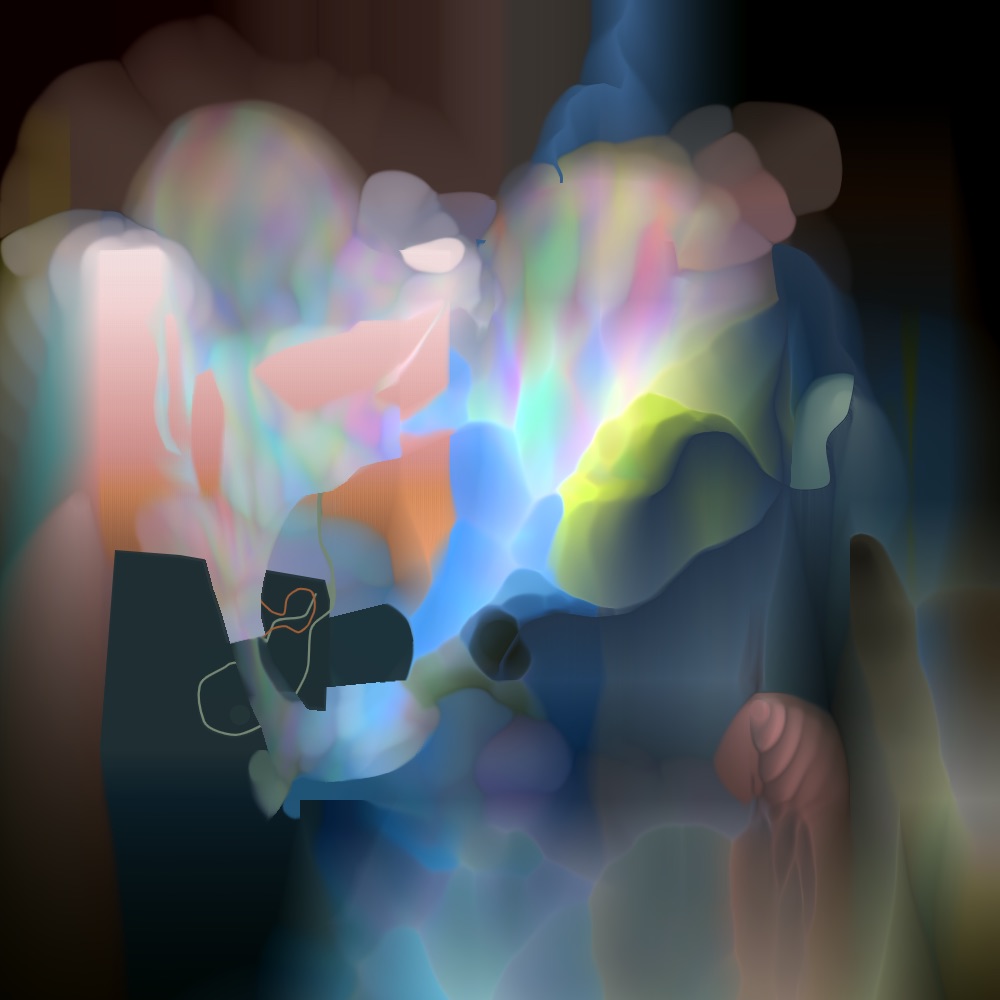
Andrew Benson, “Wilting” 2022.
Following in this spirit of collaboration, Friends with Benefit has partnered with OpenSea (the world’s largest NFT marketplace), taking over their homepage to feature works by FWB artists Andrew Benson, Ayaka Ohira, Case Simmons, Ezra Miller, Niall Ashley, Nic Hamilton, Petra Cortright, Sarah Zucker, Tyler Givens, and Vivian Fu. OpenSea contributed $100,000 to commission their NFT artworks for an exhibition called “The Flock,” which will be on view both online and in real life, as part of FWB festival, alongside panel talks, workshops, experiential offerings, pool parties and performances.
The curatorial process for this “phygital” exhibition was led democratically by FWB community members, and half of the artists were chosen through nominations. Aligned with their belief in decentralization and horizontal power, the funds from OpenSea will be split evenly by the 10 artists. “Each new technology affords us with new tools and resources for tapping into what it means to be a different kind of contributor — the blockchain is no different,” says artist and FWB member Eileen Skyers. “We are probing the possibilities of reshaping traditional mechanisms of value — hierarchies handed down to us by platform monopolies, brand architectures, and these socially gendered, cultural systems.”
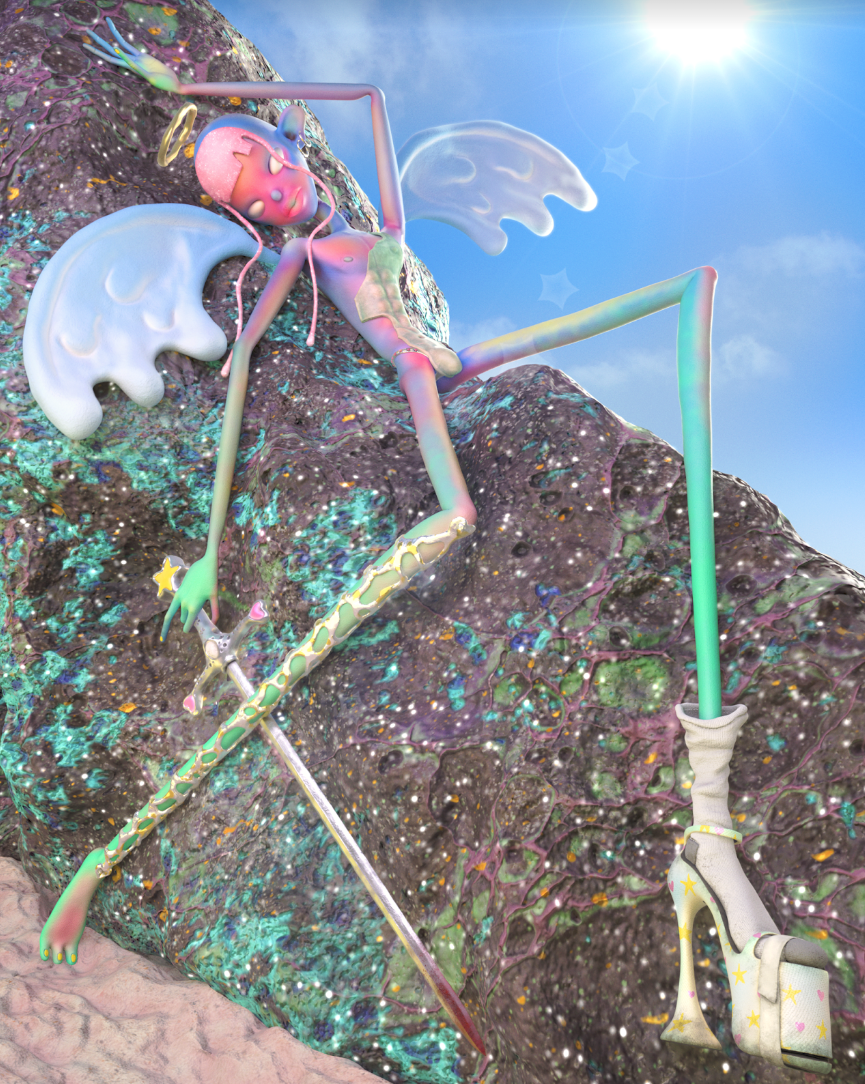
Tyler Givens, “Trust In Your Eyes” 2022. Commissioned by OpenSea and FWB.
Diving deeper into the power of decentralization, we spoke to featured artists Ezra Miller and Vivian Fu about misconceptions around crypto and NFTs, and the opportunities Web3 presents to their creative practices.
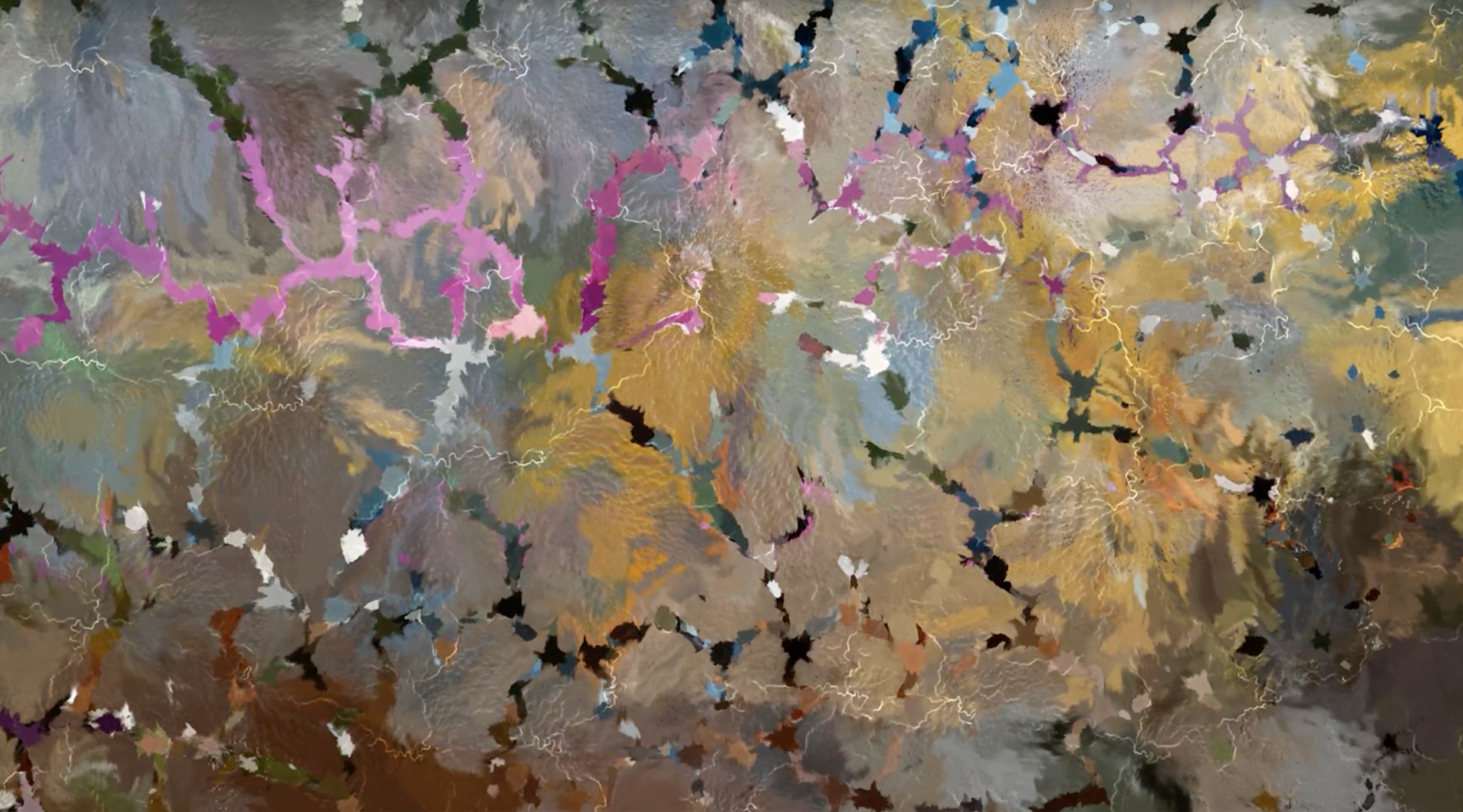
Artwork by Ezra Miller. Commissioned by OpenSea and FWB.
Ezra Miller
Why is decentralization important to the art world?
It gives artists more control over the way they can approach their practice, to be able to create work on their own terms and benefit from more direct access to their collectors and supporters. It also affords more artists the opportunity to find ways into an art world that has traditionally been guarded by institutions.
What are some misconceptions you’d like people to better understand around NFTs?
I would like people to better understand that NFTs can be high quality artworks, and move away from the perception of NFTs as a medium for cartoons and kitsch.
What opportunities does web3 open up for your creative practice?
It has opened up new ways of sharing my work, due to the overall emphasis on and popularity of generative art in web3. Before web3, there wasn’t really a way to create a large body of generative work in a way that felt true to the medium. Now I can create a generative series with thousands of possible outputs, and people seem genuinely interested in understanding and engaging with the algorithm itself.
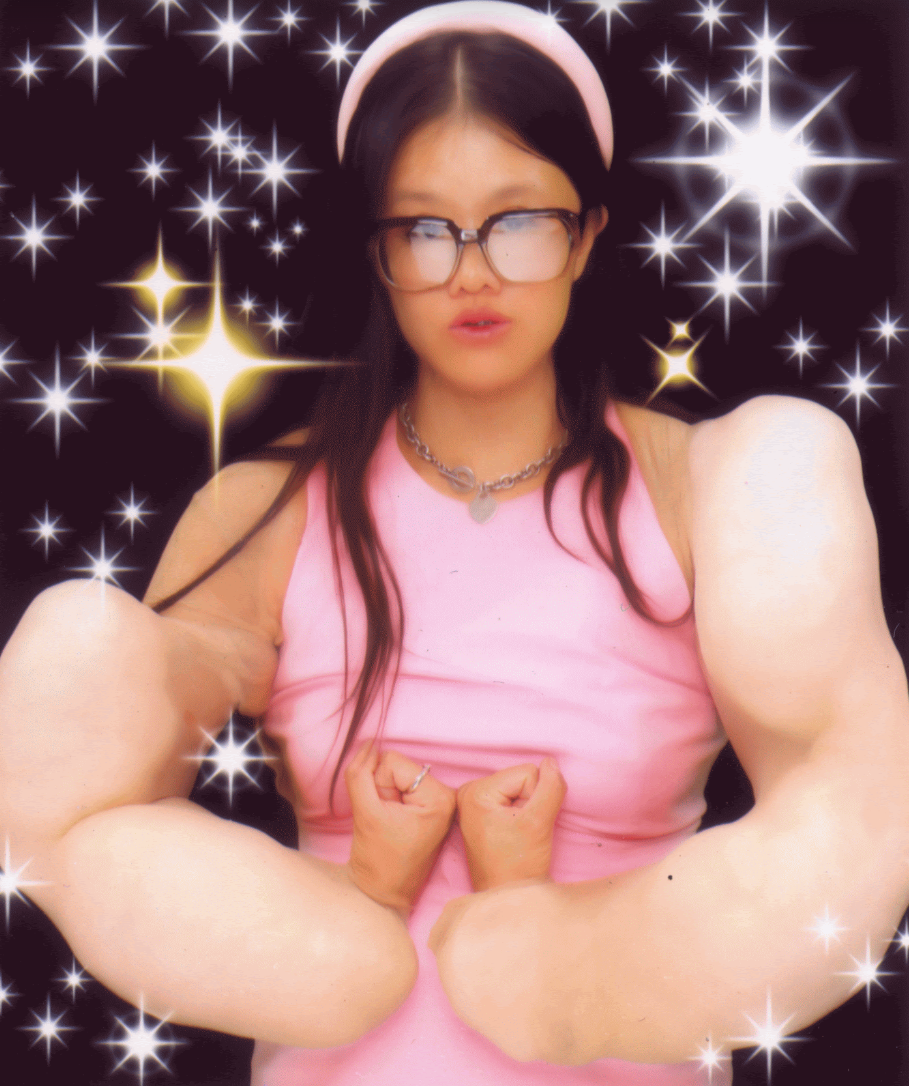
Vivian Fu, “FIGHT!”, 2022. Commissioned by OpenSea and FWB.
Vivian Fu
Why is decentralization important to the art world?
I think diversity of spaces, curators, and artists is point blank important. It creates opportunities for new ideas and communities to occur. I don’t think that a small amount of institutions should be the arbiters of what is valid art or culturally relevant.
What are some misconceptions you’d like people to better understand around NFTs?
There seems to be a misconception that NFTs are a singular type of artwork. That is untrue, and there is a wide breadth of styles. I feel frustrated when people seem to think NFTs are just one thing, when really it’s just as expansive, if not more expansive. I think people also fixate on the speculative get-rich-quick element of NFTs, which I think is the least interesting part. What’s interesting about NFTs is that it posits that what happens online has value, and that value can accrue to creators.
What opportunities does web3 open up for your creative practice?
In many ways, whether I was aware of it at the time or not, the internet has been a part of my art practice. I am a photographer and have always shared my works on social platforms like Livejournal, Flickr, Tumblr, and Instagram. At the time I mostly saw this as me putting my pictures out into the world, but in retrospect, I recognize that a lot of my photography is subliminally influenced by being online.
My photographs are a documentation of my life, but to get meta and annoying about it, it is also about performing myself for the camera, and when these images are put online, it’s about performing for an audience on the internet. I think in many ways, participating in web3 has helped me see this part about my work a lot more clearly. Additionally, my photographs may exist in a physical realm… but I have always felt that the final setting for my photographs is the internet. Web3 creates a scenario in which my images get to live and can be bought and sold in the place I’ve always felt was home, instead of needing to be turned into physical objects that can be bought.
Follow i-D on Instagram and TikTok for more on digital art and the internet.

